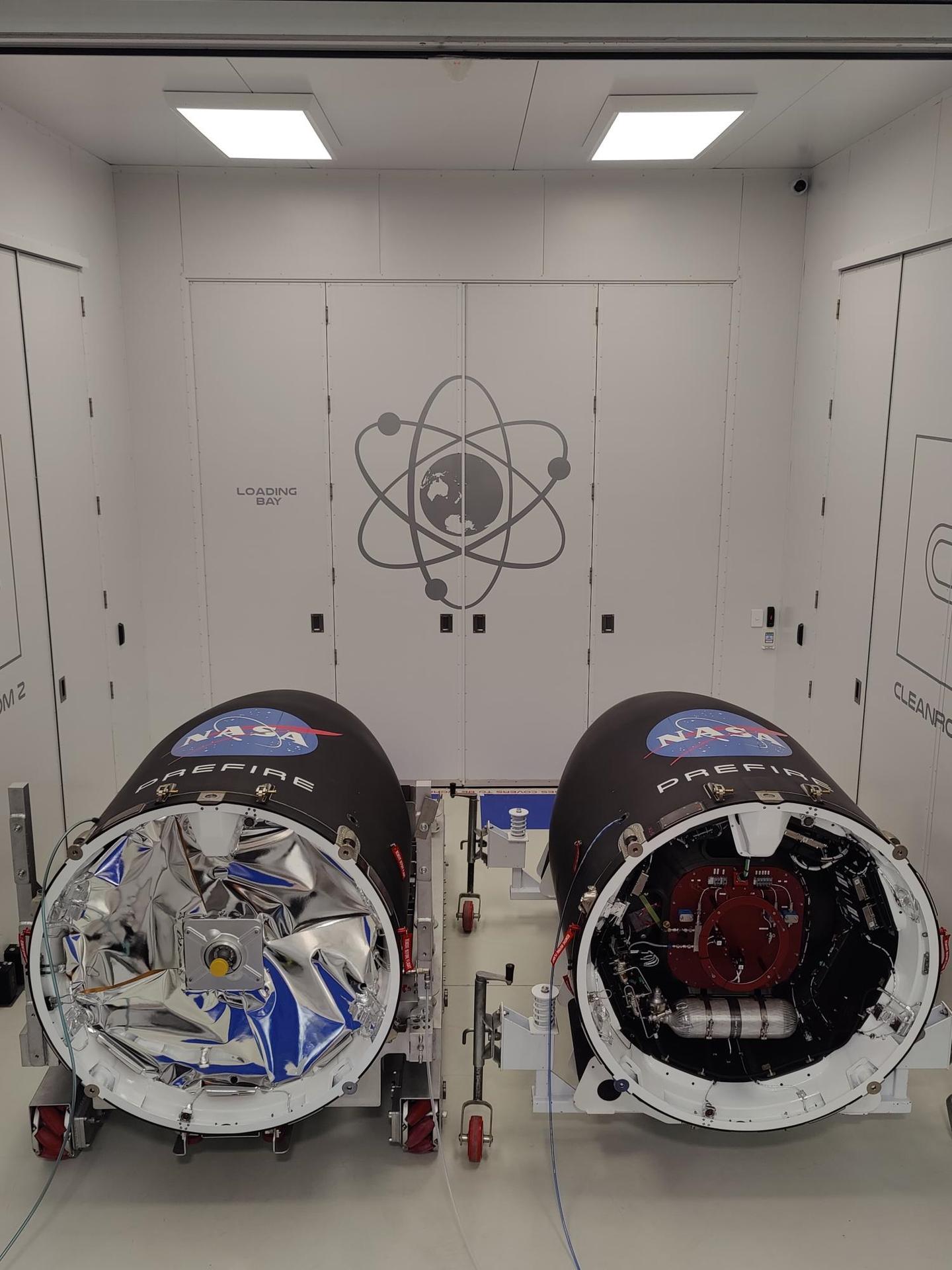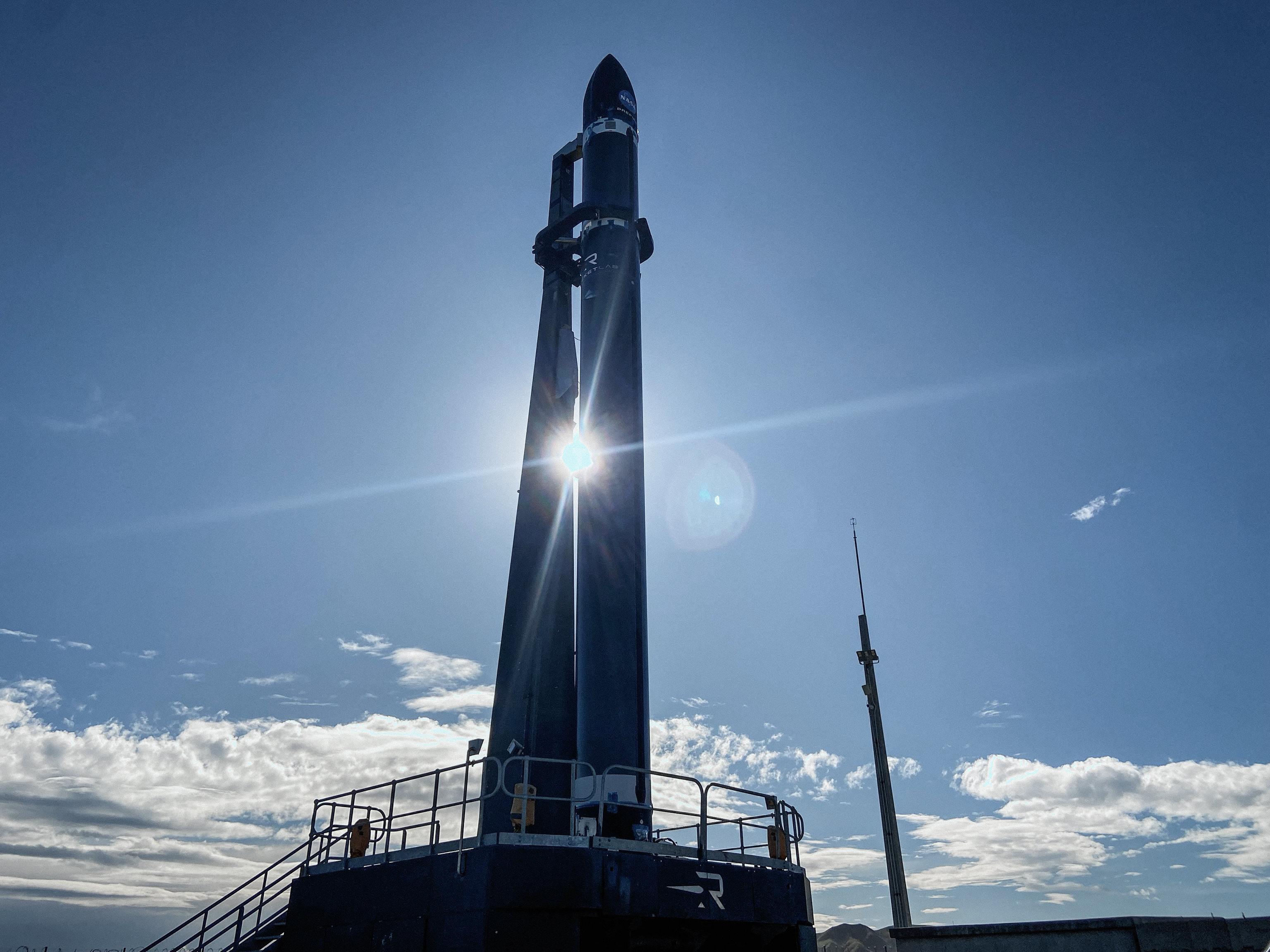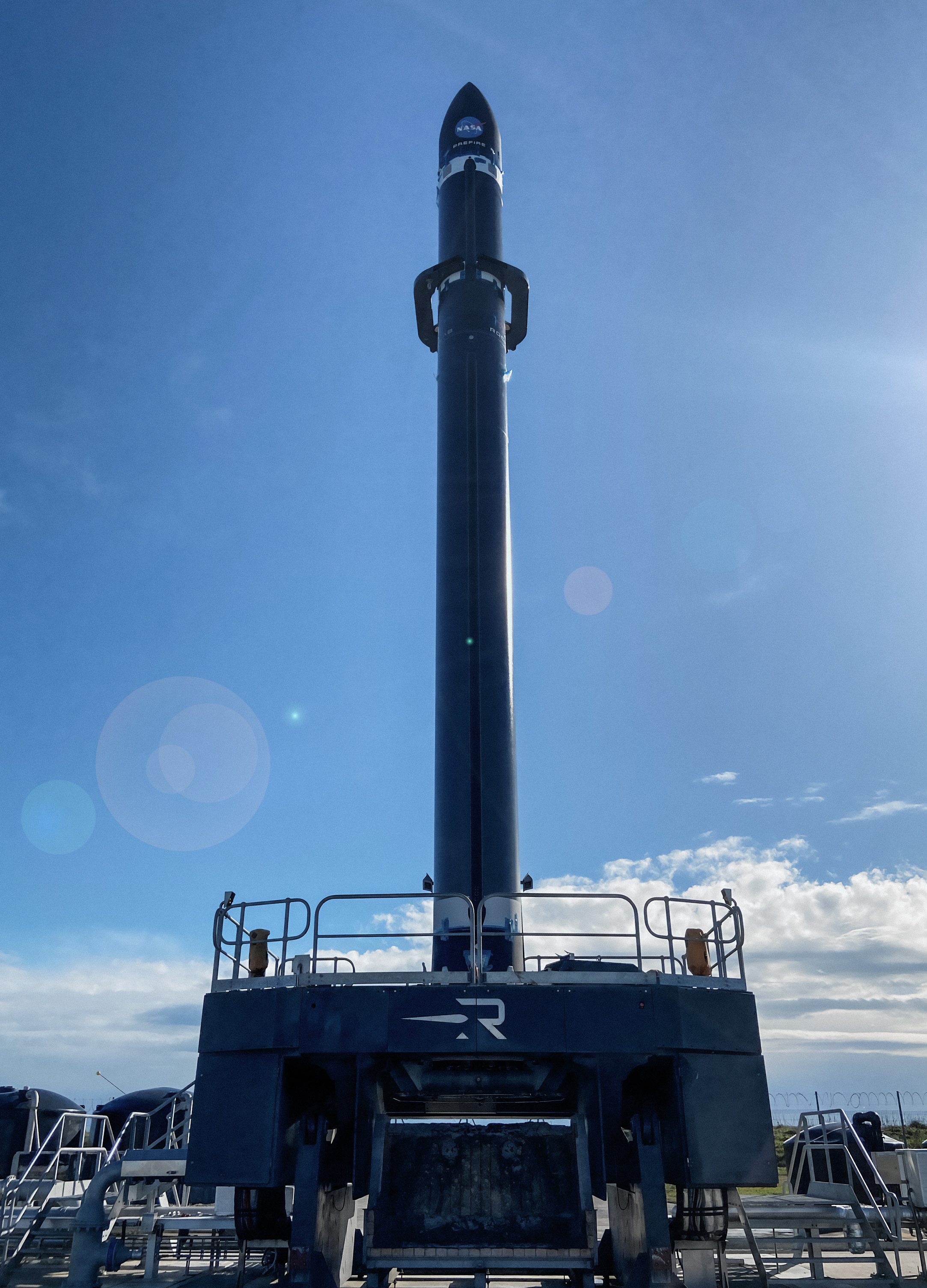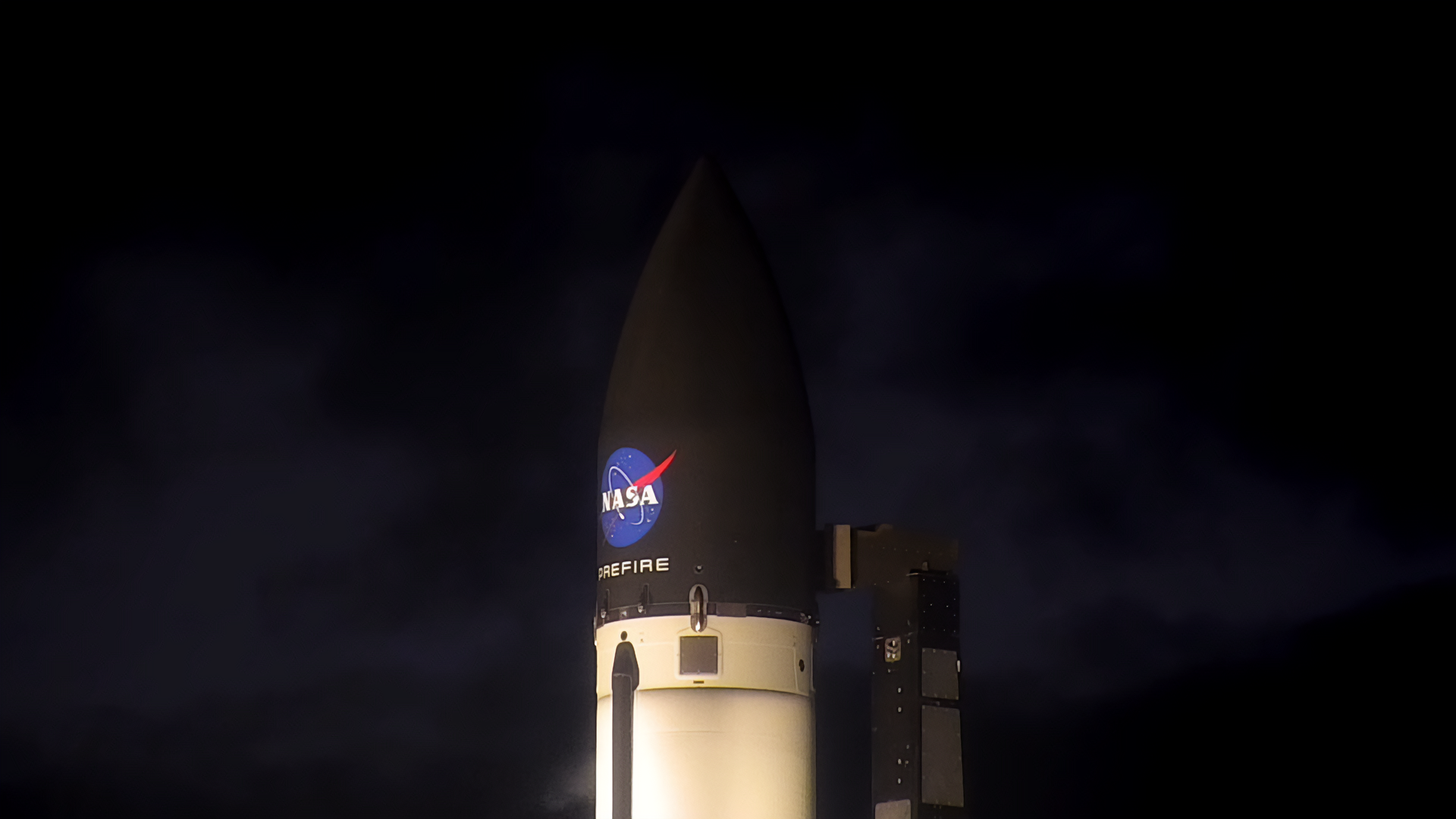
NASA’s PREFIRE (Polar Radiant Energy in the Far-InfraRed Experiment) mission will fly a pair of CubeSat satellites to probe a little-studied portion of the radiant energy emitted by Earth’s polar regions for clues about Arctic warming, sea ice loss, and ice sheet melting.
The Arctic and Antarctica help regulate Earth’s overall temperature by radiating back into space much of the excess energy from the Sun that is absorbed at lower latitudes. Current satellite instruments do not detect all the wavelengths of this energy radiating from polar regions. These CubeSats will fill in the current data gap at far-infrared wavelengths, collecting information that will help scientists diagnose the impact of this outgoing radiation on Earth’s energy balance.
The PREFIRE mission features miniaturized thermal infrared spectrometers on two CubeSat satellites, which are each about the size of a loaf of bread. Once deployed, the CubeSats will settle into a polar orbit to measure far-infrared emissions and how they change throughout the day and over seasons. The observations will allow scientists to assess how changes in thermal infrared emissions at the top of Earth’s atmosphere are related to changes in cloud cover and surface conditions below, such as the amount of sea ice and meltwater on the surface of the ice.
NASA’s PREFIRE mission will fill a gap in our understanding of how much of Earth’s heat is lost to space from the polar regions. By capturing measurements over the poles that can only be gathered from space, PREFIRE will enable researchers to systematically study the planet’s heat emissions in the far-infrared – with 10 times finer wavelength resolution than any previous sensor.
To learn more about the PREFIRE mission, visit:





